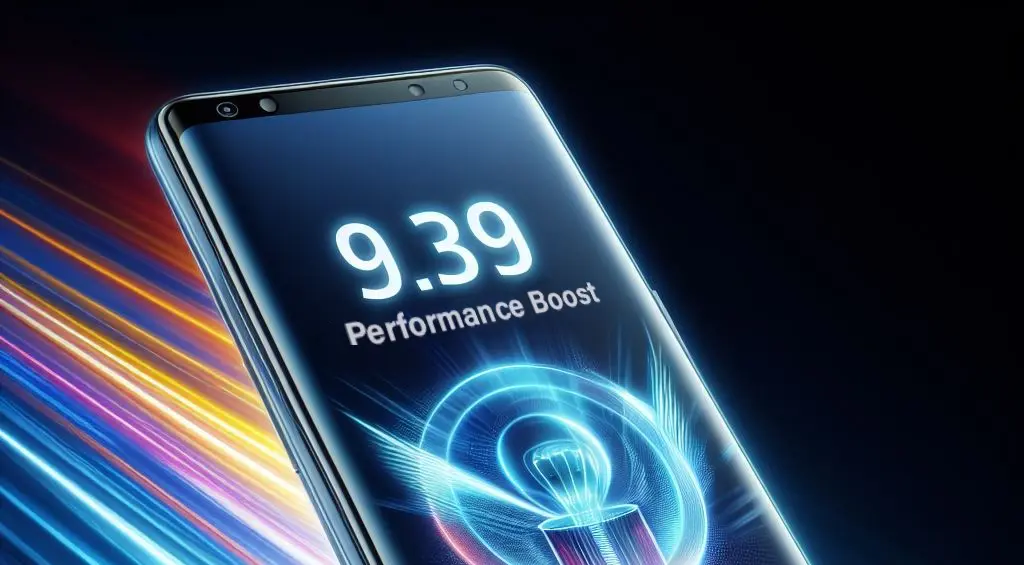
In today’s fast-paced digital world, our smartphones have become indispensable companions. Whether you’re browsing social media, streaming videos, or managing work tasks, a sluggish phone can be frustrating. Fear not! I’ve compiled a comprehensive guide to help you optimize your Android device and breathe new life into it. Let’s dive into the 15 essential tips and tricks for boosting your phone’s performance:
Table of Contents
1. Check for Software Updates
One of the simplest yet most effective ways to improve your phone’s performance is to ensure that its operating system and apps are always up to date. Developers frequently release updates to fix bugs, improve stability, and enhance performance. By regularly updating your software, you can take advantage of these optimizations and keep your phone running smoothly. Follow these steps to check for updates:
- Open the Settings app.
- Scroll down and tap on About Device.
- Select Software Update and click Check for Updates.
2. Disable Pre-installed Apps
Many pre-installed apps remain unused and consume valuable resources. While you can’t uninstall them, you can disable them to prevent them from running in the background:
- Navigate to Settings > Apps > Installed apps.
- Toggle the Show system apps option.
- Disable unnecessary apps.
3. Revoke Unused Permissions
Limit app permissions to conserve resources. Follow these steps:
- Go to Settings > Privacy > Permission manager.
- Review app permissions and disable any unnecessary ones.
- Physical activity permission can impact usability significantly.
- Consider turning off location access and autostart permissions.
4. Clear App Caches
Cached data can accumulate over time and take up valuable storage space on your phone, slowing down its performance. Clearing cached data periodically can free up storage space and improve responsiveness. Clear individual app caches:
- Open Settings > Apps > Installed apps.
- Select an app and click Clear cache.
On iOS devices, you can achieve a similar result by offloading unused apps or clearing website data in Safari settings.
5. Optimize Background Processes
Background processes running on your phone can consume valuable system resources, leading to sluggish performance and reduced battery life. To manage background processes on Android devices, go to Settings > Developer options (enable this option if it’s not already enabled) > Running services, where you can view and stop unnecessary processes. On iOS devices, you can close background apps by double-clicking the home button (on older models) or swiping up from the bottom of the screen and swiping away the apps (on newer models).
- Go to Settings > Developer options (enable it if not already done).
- Adjust Background process limit to a lower value.
6. Use Lite Versions of Apps
Consider using lightweight versions of popular apps (e.g., Facebook Lite, Messenger Lite). These consume fewer resources.
7. Manage Widgets and Live Wallpapers
Widgets and live wallpapers can drain battery and slow down your phone. Limit their usage.
8. Monitor Battery Usage
Identify power-hungry apps:
- Visit Settings > Battery.
- Review app usage and optimize accordingly.
9. Enable Power Saving Mode
Activate Power Saving Mode to extend battery life during critical moments.
10. Uninstall Unused Apps
We often download apps for specific purposes but end up rarely using them. These unused apps not only take up space on your phone but also consume system resources, potentially impacting performance. Take the time to review your installed apps regularly and uninstall those that you no longer need or use. This simple action can significantly improve your phone’s performance and battery life.
11. Use Lighter Launchers
Custom launchers can enhance performance. Try lightweight launchers like Nova Launcher.
12. Clear Your Home Screen
Keep your home screen clutter-free. Remove unnecessary widgets and shortcuts.
13. Restart Your Phone Regularly
Restarting your phone regularly can help clear temporary files, refresh system processes, and resolve minor software glitches that may be affecting performance. Make it a habit to restart your phone at least once a week to keep it running smoothly.
14. Avoid Live Wallpapers and Fancy Animations
While visually appealing, live wallpapers and animations consume resources. Opt for static wallpapers, while fancy animations can enhance the user experience, they can also contribute to a perception of sluggishness, especially on older or less powerful devices. Disabling or reducing animations can make your phone feel faster and more responsive. On Android devices, you can reduce animation scale by going to Settings > About phone > Developer options > Window animation scale/Transition animation scale/Animator duration scale and selecting “Animation off.” On iOS devices, you can reduce motion effects by going to Settings > Accessibility > Motion and toggling on “Reduce Motion.”
15. Optimize App Settings
Many apps come with settings that allow you to customize their behavior to better suit your needs. For example, you can disable notifications for apps that you don’t need constant updates from, adjust location settings to reduce battery consumption, and limit background data usage for apps that are not essential. By optimizing app settings, you can minimize their impact on your phone’s performance and battery life.
16. Factory Reset as a Last Resort
If all else fails, consider a factory reset. Backup your data before doing so.
Remember, these tips can vary slightly based on your phone’s operating system and software version. Apply them wisely, and enjoy a snappier smartphone experience!




